Home>Interior Design>What Color Helps Sleep? Sleep Experts Agree This Shade Is Best


Interior Design
What Color Helps Sleep? Sleep Experts Agree This Shade Is Best
Modified: October 20, 2024
Discover the perfect interior design for a restful night's sleep. Sleep experts recommend this shade as the best color to promote relaxation and optimal sleep.
(Many of the links in this article redirect to a specific reviewed product. Your purchase of these products through affiliate links helps to generate commission for Storables.com, at no extra cost. Learn more)
Introduction
Getting a good night’s sleep is essential for our overall well-being and productivity. We invest in comfortable mattresses, soft sheets, and soothing sound machines to create the perfect sleep environment. However, one aspect that often gets overlooked is the role of color in promoting quality sleep.
It may come as a surprise, but the color of our bedroom walls can have a significant impact on the quality of our sleep. The right color can help create a tranquil and relaxing atmosphere, while the wrong color choice can disrupt our sleep patterns and leave us feeling restless.
So, what color helps sleep? Sleep experts agree that there is one shade that stands out as the best choice for promoting quality sleep. In this article, we will delve into the world of interior design and explore the impact of color on sleep. We will also reveal the recommended color that sleep experts swear by, and discuss the benefits of incorporating it into your bedroom decor.
Whether you’re struggling with sleep disorders, stress, or simply seeking a peaceful haven for your nightly rest, understanding the role of color in creating a sleep-friendly environment is crucial. Let’s dive in and discover what color can truly help you achieve a blissful slumber.
Key Takeaways:
- The best color for promoting quality sleep is blue, known for its calming and soothing effects on the mind and body. Incorporating blue into your bedroom decor can create a tranquil sleep environment and enhance sleep quality.
- Understanding the impact of color and light on sleep is crucial for creating a sleep-friendly atmosphere. Minimizing exposure to blue light and incorporating the best color for sleep, such as blue, can promote relaxation, reduce anxiety, and improve overall sleep quality.
The Impact of Color on Sleep
Colors have a profound effect on our emotions and mood. They can evoke feelings of calmness, energy, or even anxiety. Understanding the impact of color on sleep is key to creating a bedroom that promotes restful slumber.
Research has shown that certain colors can help relax the mind and body, leading to a more peaceful sleep. Cool colors, such as blues and greens, are known for their calming and soothing effects. These hues can lower blood pressure, slow down the heart rate, and reduce feelings of stress and anxiety.
On the other hand, warm colors like reds, oranges, and yellows are stimulating and energizing. While these colors may be vibrant and visually appealing, they can increase brain activity and make it harder to fall asleep or stay asleep throughout the night.
It’s important to note that the impact of color on sleep can vary from person to person. Some individuals may find certain colors more soothing than others, depending on their personal preferences and associations with those colors.
In addition to color, the intensity and brightness of the hues can also affect sleep. Soft and muted tones are generally more conducive to relaxation, while bold and vibrant colors can be more stimulating and energizing.
Another factor to consider is individual sensitivity to light. Light, whether natural or artificial, plays a significant role in our sleep-wake cycle. Exposure to bright and blue light, especially in the evening, can suppress the production of melatonin, the hormone responsible for regulating sleep. Choosing the right color for your bedroom walls can help mitigate the negative effects of light on sleep patterns.
Now that we understand the impact of color on sleep, let’s explore how light and color work together to create the ideal sleep environment.
Understanding the Role of Light and Color
When it comes to optimizing sleep, it’s not just about the color of your bedroom walls. The role of light in conjunction with color is crucial in creating a sleep-friendly environment.
Our sleep-wake cycle, also known as the circadian rhythm, is influenced by natural light. Exposure to natural light during the day helps regulate our internal body clock, signaling to our brain that it’s time to be awake and alert. Conversely, the absence of light in the evening triggers the production of melatonin, preparing our bodies for sleep.
Artificial lighting, particularly in the evening hours, can disrupt this delicate balance. The type of lighting and color temperature in our environment can impact our circadian rhythm and interfere with our ability to fall asleep and achieve restful sleep.
Blue light, which is emitted by electronic devices and energy-efficient light bulbs, is particularly disruptive to our sleep. It suppresses melatonin production and tricks our brains into thinking it’s still daytime, making it harder to wind down and fall asleep.
To create a sleep-friendly atmosphere, it’s crucial to minimize exposure to blue light, especially in the evening hours. This can be achieved by switching to warmer, yellow-toned lights or using special light bulbs designed to emit less blue light.
Now, let’s discuss the best color for sleep according to sleep experts and how it can positively impact your sleep quality.
The Best Color for Sleep According to Sleep Experts
After extensive research and analysis, sleep experts have reached a consensus on the best color for promoting quality sleep – and that color is blue.
Blue hues have long been associated with calmness, serenity, and relaxation. The color blue has a naturally soothing effect on the mind and body, making it an ideal choice for creating a peaceful sleep environment.
There are several shades of blue that are particularly recommended for sleep. Soft, muted blues like pastels or pale blues have a tranquilizing effect, reminiscent of clear skies or gentle ocean waves. These shades can conjure a sense of tranquility and help to lower blood pressure, heart rate, and promote deep sleep.
However, it’s important to note that while blue is generally considered the best color for sleep, individual preferences and associations with color can vary. Some may find other cool colors like greens or lavenders equally calming and sleep-inducing. Experimenting with different shades and finding the one that resonates with you personally is key to creating a sleep sanctuary tailored to your needs.
While blue is the recommended color for sleep, it’s worth noting that it’s not just about the wall color. Incorporating blue elements through bedding, curtains, or accessories can also contribute to the overall sleep-friendly atmosphere.
Now that we know the best color for sleep, let’s explore the benefits of incorporating this color into your bedroom decor.
The color that helps sleep is blue. Blue has been shown to have a calming effect on the mind and body, making it easier to fall asleep and improve sleep quality. Consider incorporating blue into your bedroom decor for a more restful night’s sleep.
Benefits of Using the Best Color for Sleep
Using the best color for sleep, such as blue, in your bedroom decor can offer numerous benefits that contribute to a restful and rejuvenating sleep experience. Let’s delve into the advantages of incorporating this color into your sleep environment:
- Promotes Relaxation: Blue is known for its calming and soothing effects. The gentle and serene nature of this color can help relax the mind and body, easing stress and tension accumulated throughout the day.
- Enhances Sleep Quality: Studies have shown that exposure to blue light can stimulate the production of melatonin, the hormone that regulates sleep. By surrounding yourself with the best color for sleep, you can support the natural production of melatonin, resulting in improved sleep quality.
- Creates a Tranquil Atmosphere: The serene and tranquil nature of blue can help create a peaceful ambiance in the bedroom. This can significantly contribute to a sense of calmness and relaxation, preparing your mind and body for a restful night’s sleep.
- Reduces Anxiety and Stress: Blue is often associated with feelings of tranquility and serenity. By incorporating this color into your sleep environment, you can help reduce feelings of anxiety and stress, providing a soothing atmosphere that promotes sleep.
- Improves Mental Clarity: A good night’s sleep is essential for mental clarity and cognitive function. By optimizing your sleep environment with the best color for sleep, you can enhance your ability to focus, concentrate, and perform at your best during the day.
- Aids in Falling Asleep Faster: The calming properties of blue can help quiet the mind and induce a sense of relaxation, making it easier to fall asleep faster. This can be particularly beneficial for individuals who struggle with insomnia or have difficulty winding down at night.
- Creates a Harmonious Space: Incorporating the best color for sleep into your bedroom decor can create a visually pleasing and harmonious space. This can enhance the overall aesthetic appeal of your sleep environment, contributing to a sense of peace and tranquility.
By leveraging the benefits of the best color for sleep, you can transform your bedroom into a sleep sanctuary that promotes relaxation, tranquility, and optimal sleep quality.
Tips for Incorporating the Recommended Color into Your Bedroom
Now that we understand the importance of using the best color for sleep, let’s explore some practical tips for incorporating this color into your bedroom decor:
- Paint the Walls: Consider painting your bedroom walls in a soft, soothing shade of blue. Opt for pastel or pale blue tones to create a calming and peaceful atmosphere. Avoid bold or intense shades of blue, as they may stimulate rather than relax.
- Add Blue Accents: If painting the walls is not an option, you can still incorporate the recommended color through blue accents. Choose blue bedding, throw pillows, rugs, or curtains to infuse the space with a soothing and sleep-inducing hue.
- Opt for Natural Materials: When selecting furniture and accessories for your bedroom, opt for natural materials in shades that complement blue. Light-colored wood or natural fibers like jute or bamboo can enhance the calming effect of the room.
- Coordinate Colors: Consider the overall color scheme of your bedroom and how blue can harmonize with other colors. Soft neutrals like whites, creams, or light grays work well with blue and contribute to a serene and cohesive look.
- Choose Soft Lighting: In addition to color, lighting plays a significant role in creating a sleep-friendly environment. Opt for warm, dimmable lighting options that emit gentle and soothing light. Avoid bright, harsh lights that can disrupt your natural sleep-wake cycle.
- Minimize Electronics: Electronic devices emit blue light, which can interfere with your ability to fall asleep. Keep electronics out of the bedroom or limit their use before bedtime. Consider using blue light filters or wearing blue-light-blocking glasses to mitigate the effects of blue light.
- Create a Clutter-Free Space: A cluttered and disorganized bedroom can contribute to feelings of stress and anxiety, making it harder to unwind and achieve restful sleep. Keep your bedroom clean and tidy, creating a serene and peaceful environment that promotes relaxation.
- Personalize with Blue Artwork: Incorporate artwork or photographs that feature blue elements to personalize your space. This can add a personal touch while maintaining the calming effect of the recommended color.
By implementing these tips, you can create a sleep environment that optimizes the benefits of the best color for sleep, allowing you to enjoy a restful and rejuvenating night’s sleep.
Conclusion
Choosing the right color for your bedroom can have a significant impact on the quality of your sleep. Sleep experts agree that the best color for promoting a restful and rejuvenating slumber is blue. Blue hues are known for their calming and soothing effects on the mind and body, creating a tranquil sleep environment.
By understanding the role of light and color in sleep, you can optimize your bedroom to create a sleep-friendly atmosphere. Minimizing exposure to blue light, especially in the evening, can support the natural production of melatonin and help regulate your sleep-wake cycle.
Incorporating the best color for sleep into your bedroom decor offers several benefits. It promotes relaxation, enhances sleep quality, reduces anxiety and stress, and contributes to a tranquil atmosphere. Using blue or other suitable cool colors creates a harmonious space that fosters rest and rejuvenation.
There are various ways to incorporate the recommended color into your bedroom. Whether you choose to paint the walls, add blue accents, or coordinate colors with natural materials, remember to prioritize a clutter-free and personalized space to maximize the benefits of the best color for sleep.
Ultimately, creating a sleep sanctuary tailored to your needs and preferences is crucial for achieving a blissful slumber. Experiment with different shades of blue, adjust lighting, and curate a peaceful ambiance to create the perfect environment for a restful night’s sleep.
So, if you’re looking to transform your bedroom into a soothing haven, consider incorporating the best color for sleep. With the right color choices, you can create a sleep-friendly atmosphere that supports relaxation, tranquility, and optimal sleep quality.
Frequently Asked Questions about What Color Helps Sleep? Sleep Experts Agree This Shade Is Best
Was this page helpful?
At Storables.com, we guarantee accurate and reliable information. Our content, validated by Expert Board Contributors, is crafted following stringent Editorial Policies. We're committed to providing you with well-researched, expert-backed insights for all your informational needs.
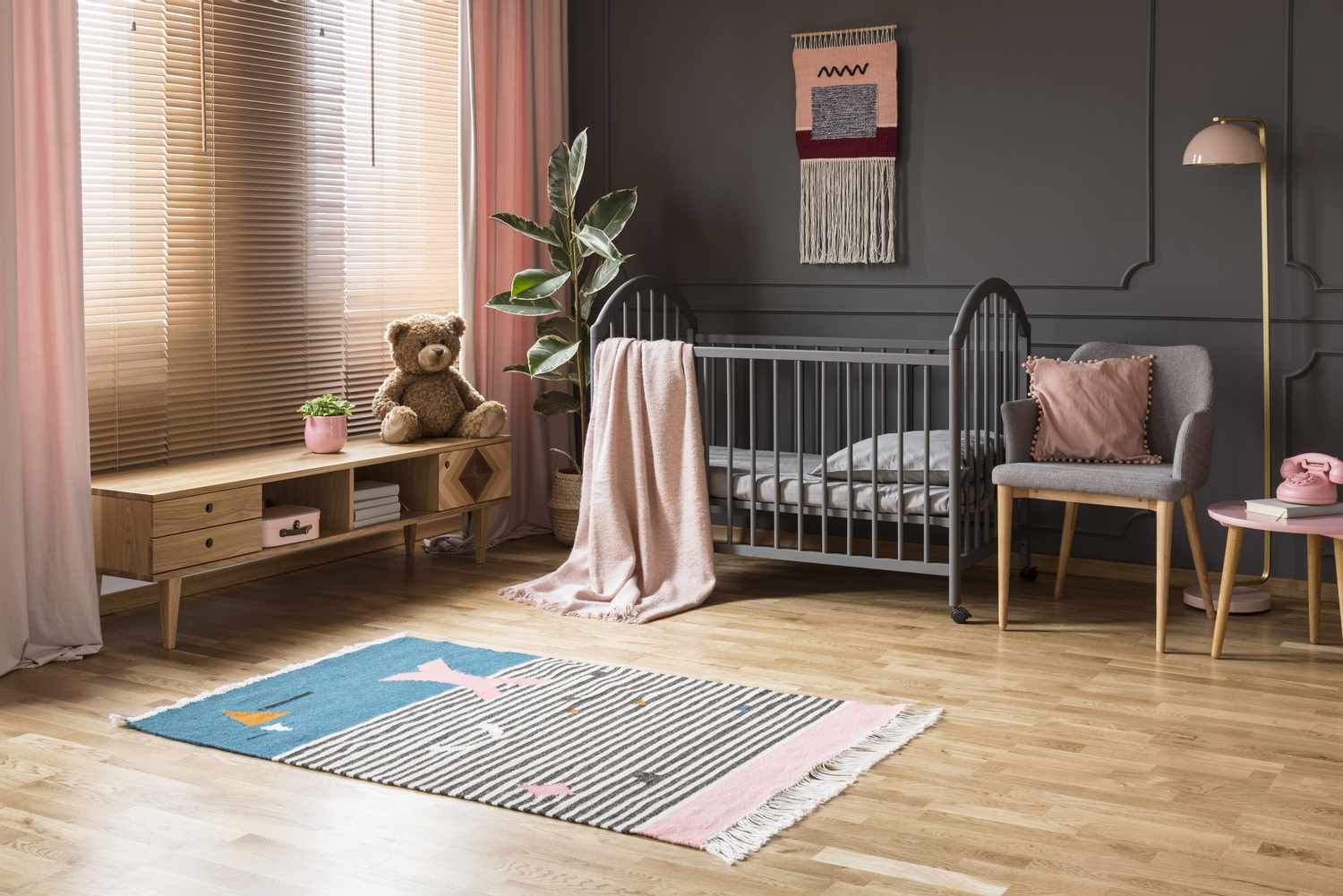
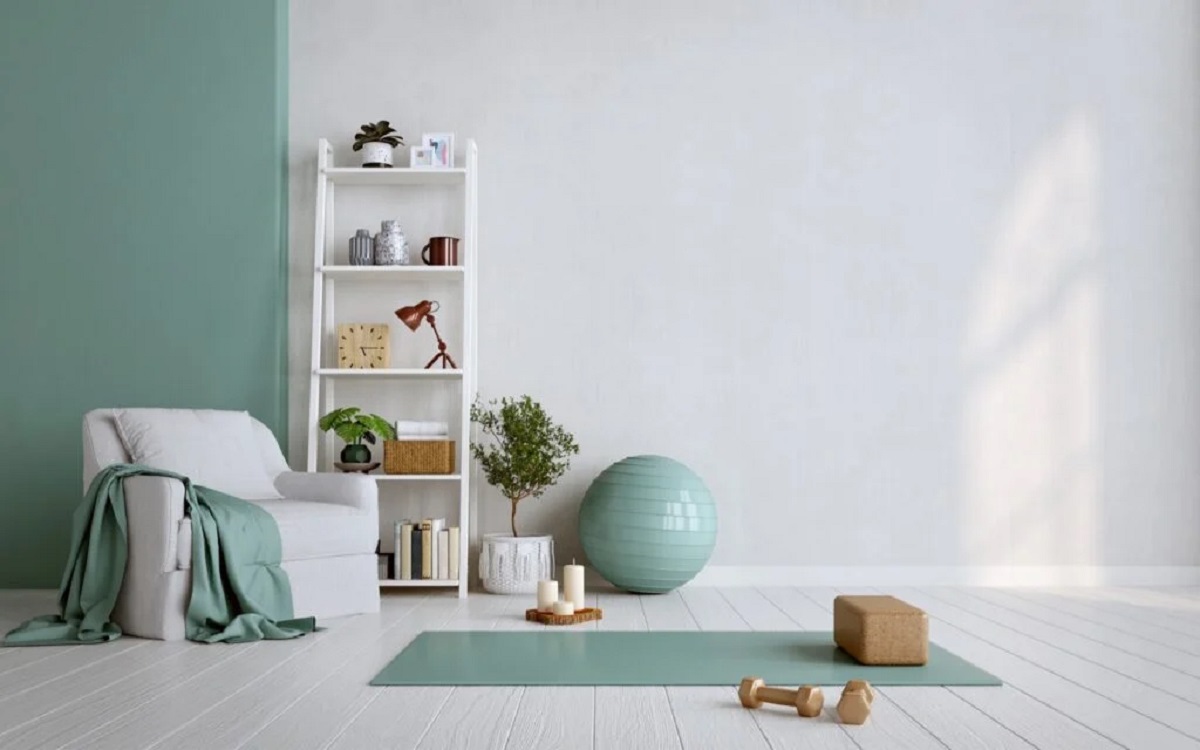
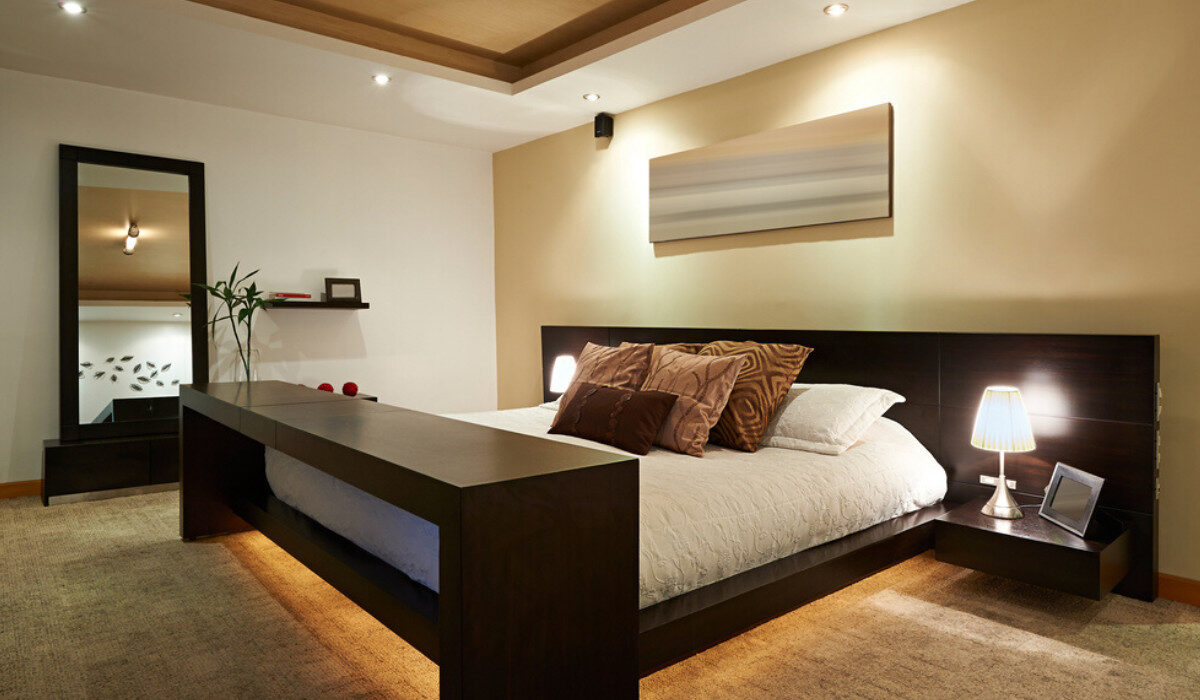
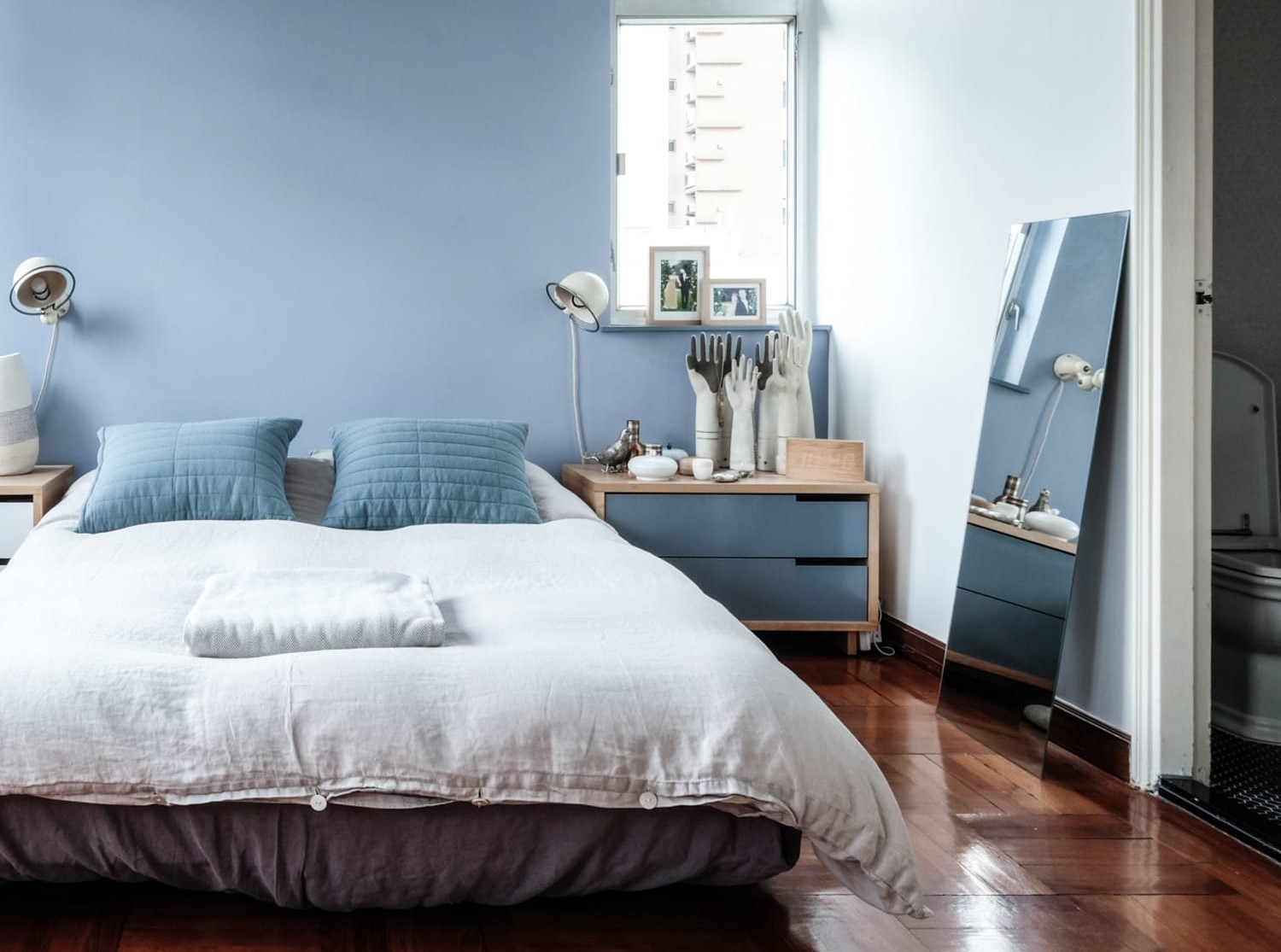
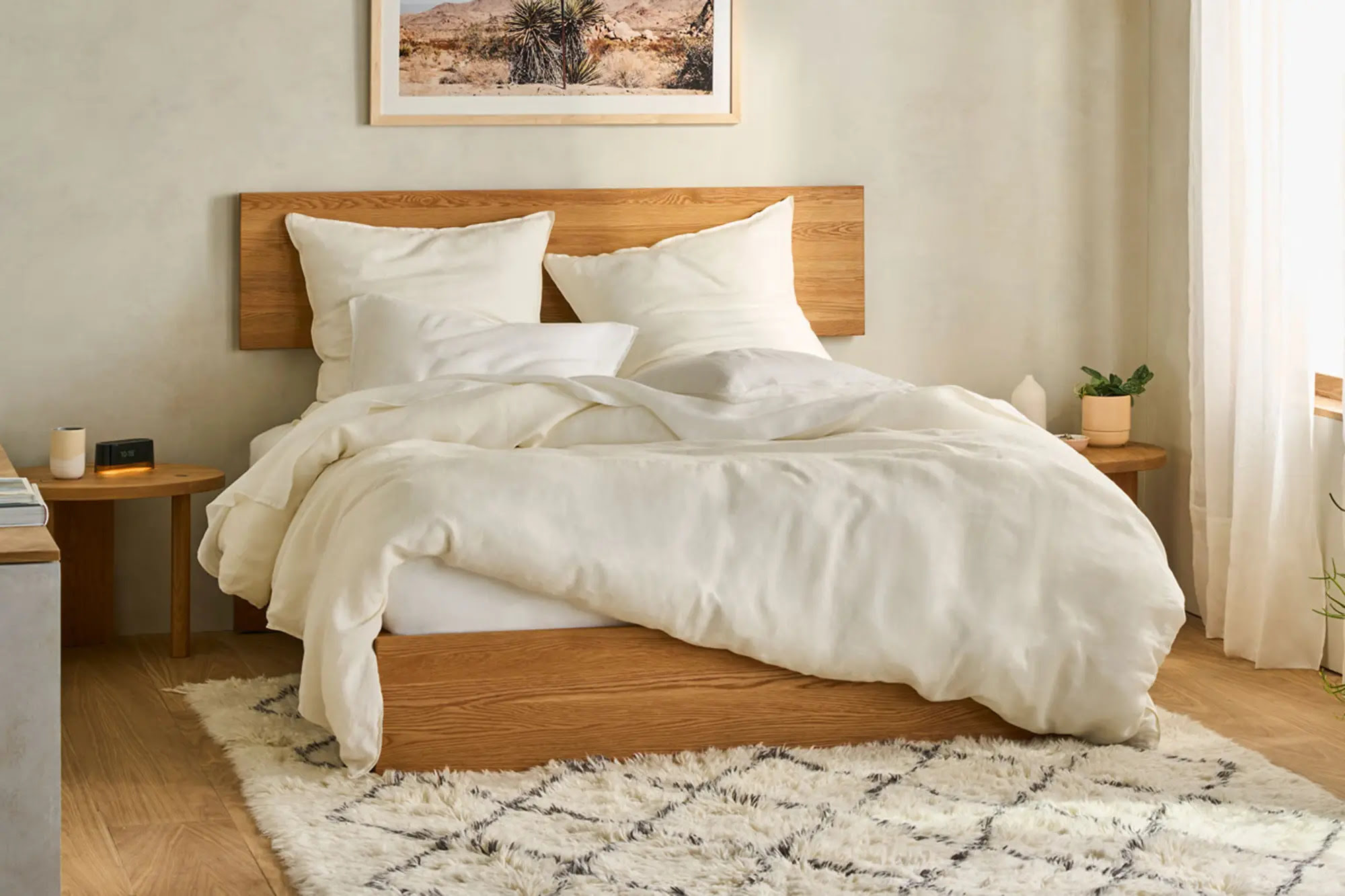
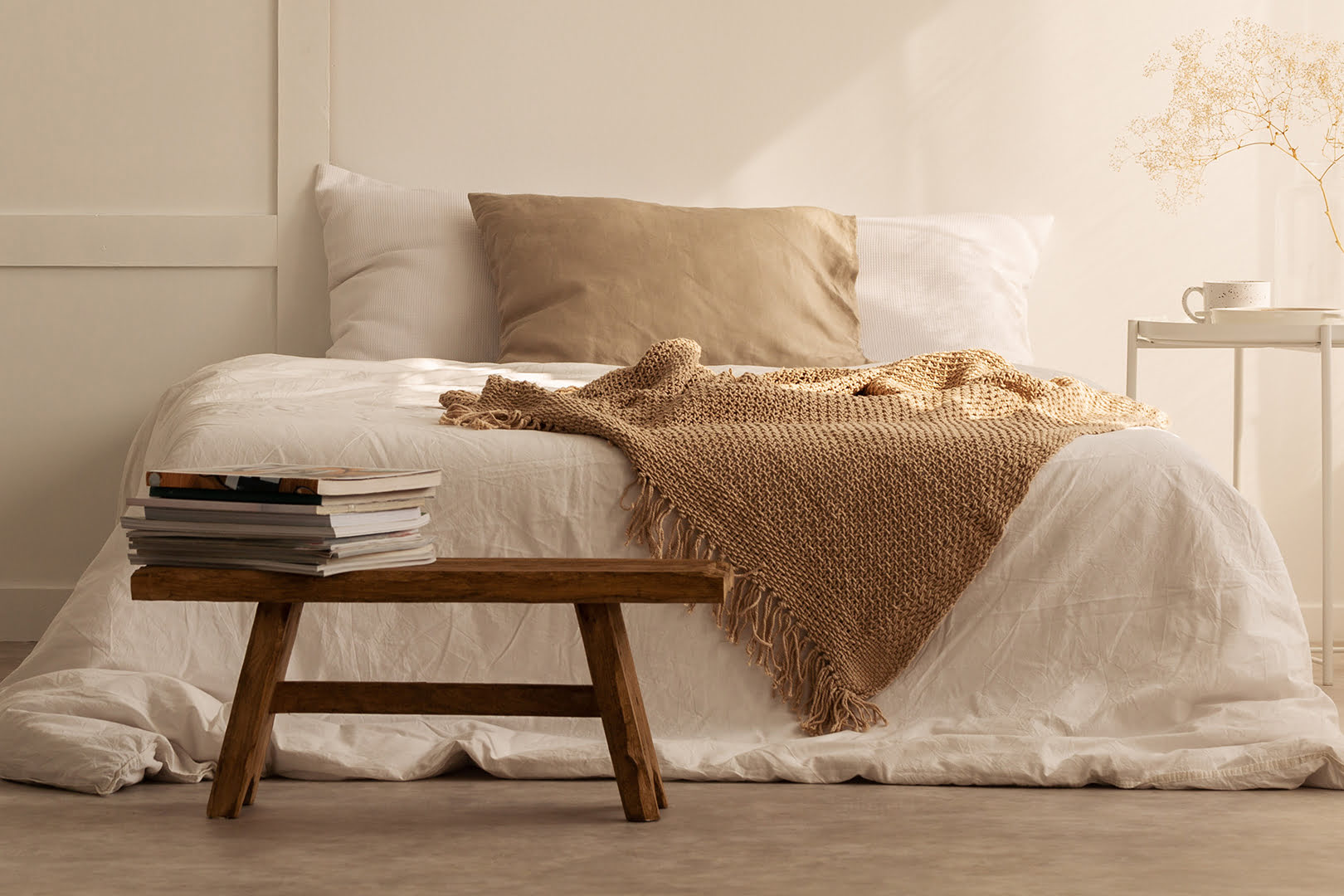
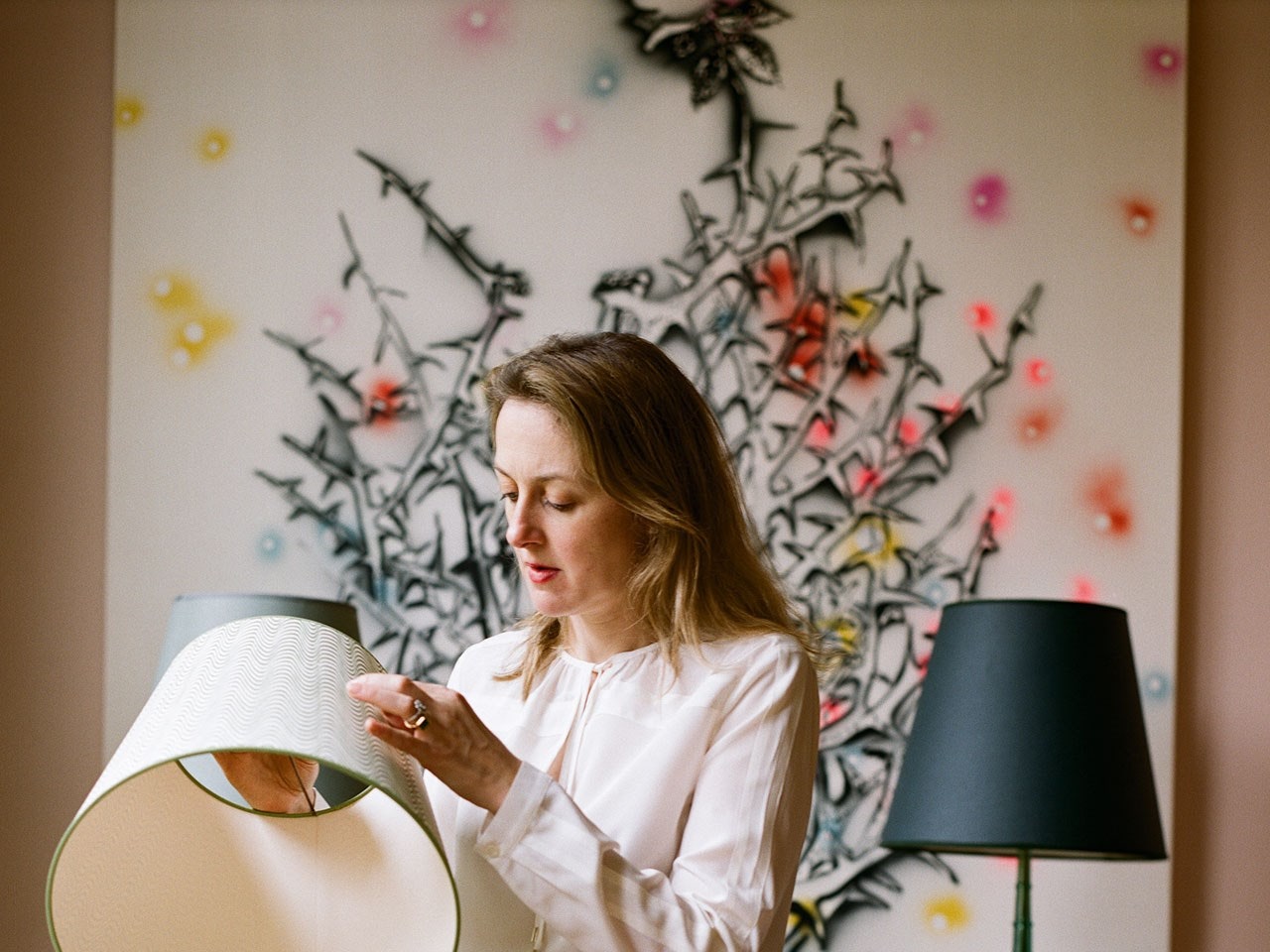
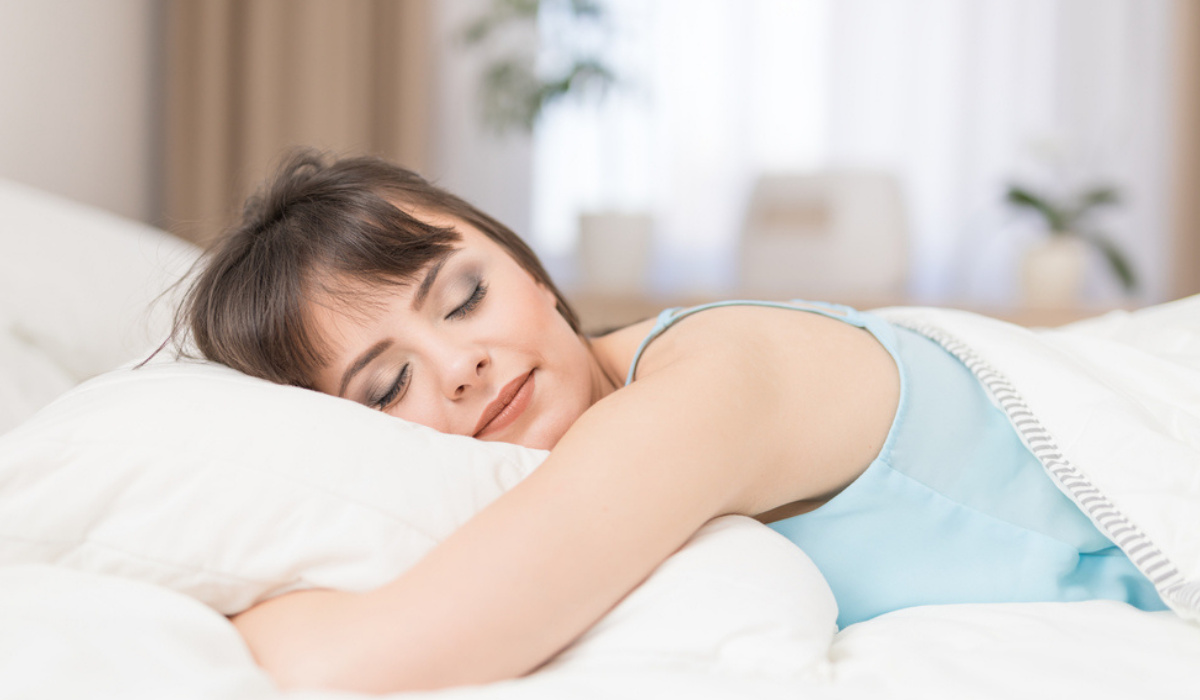
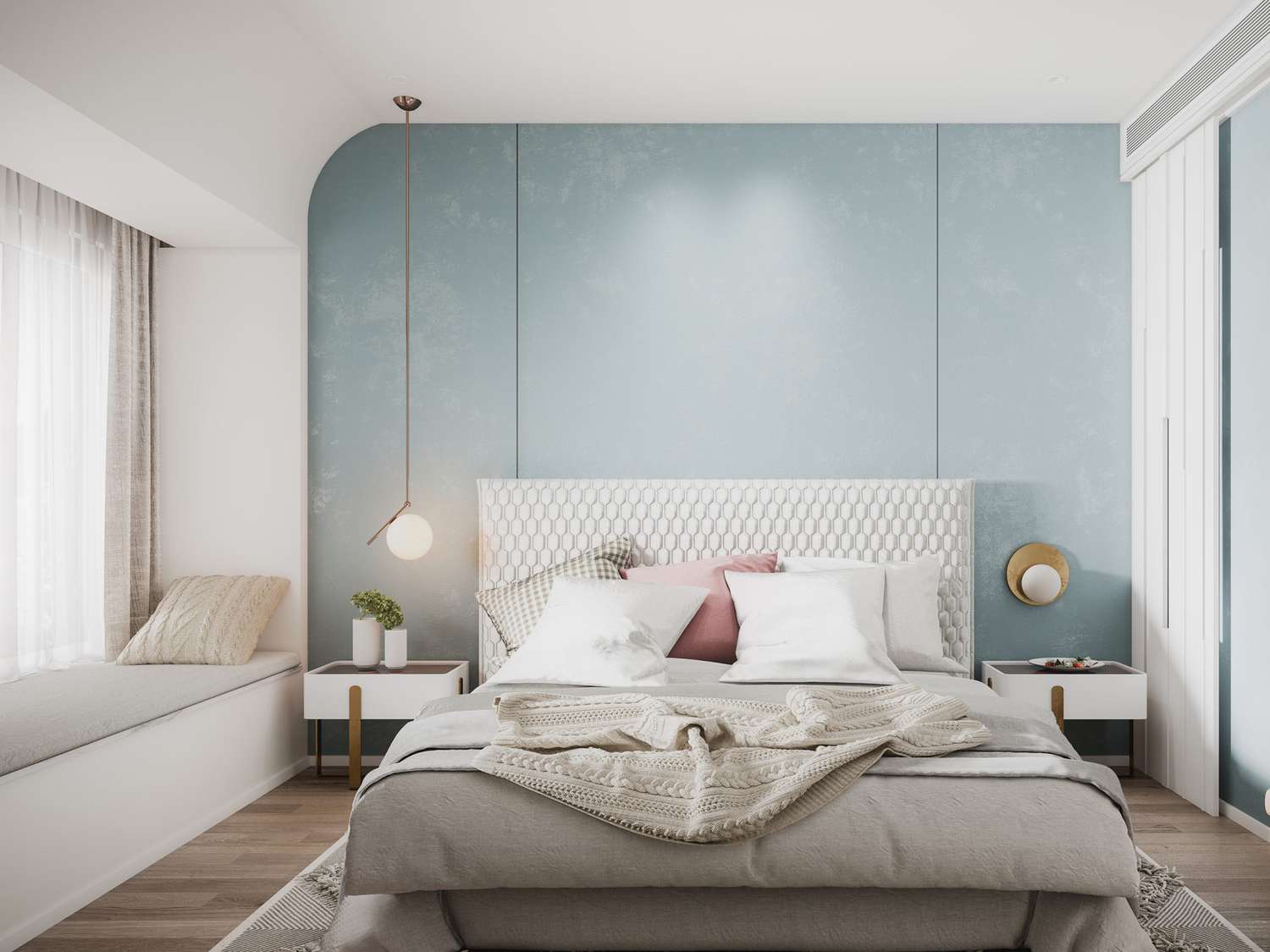
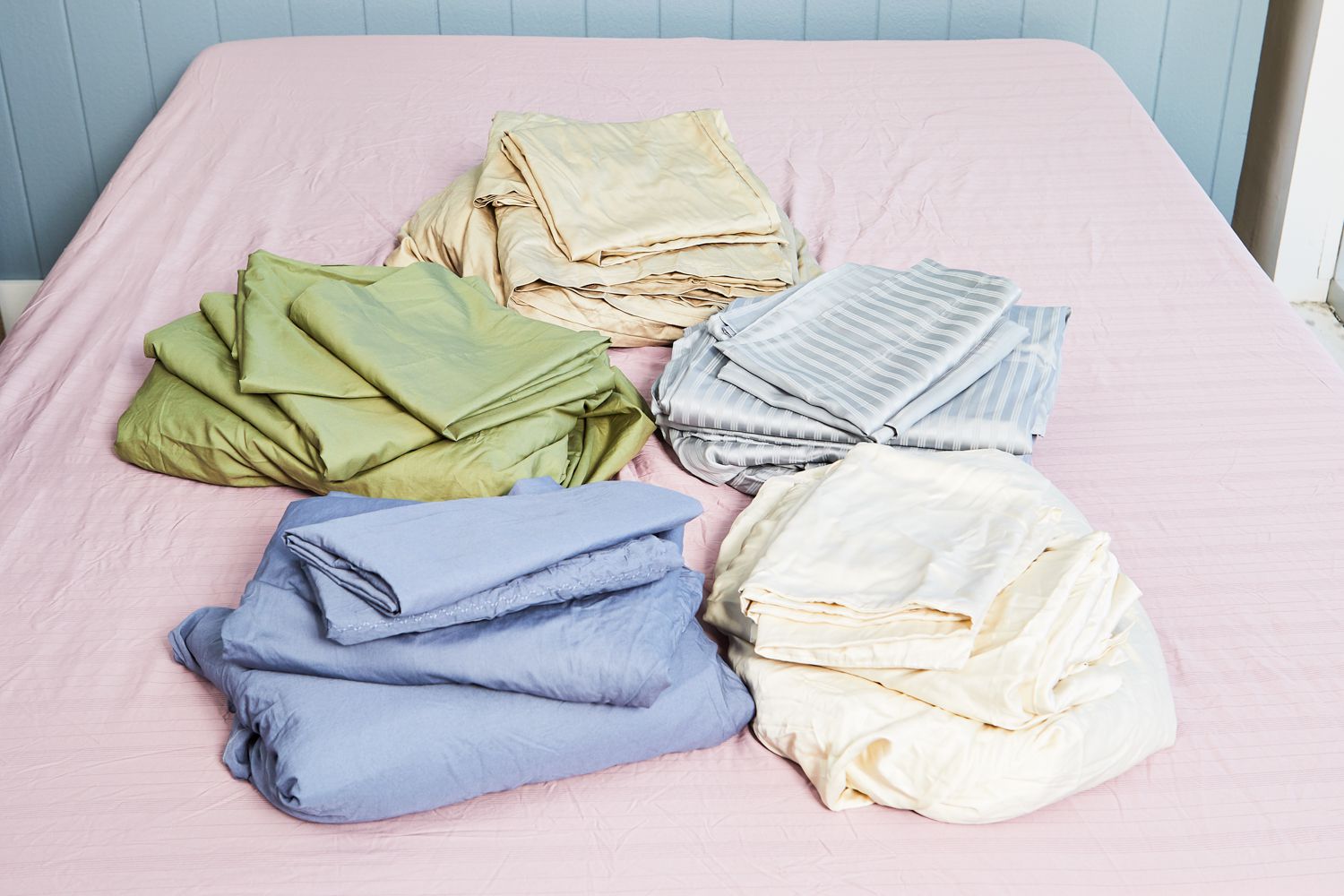
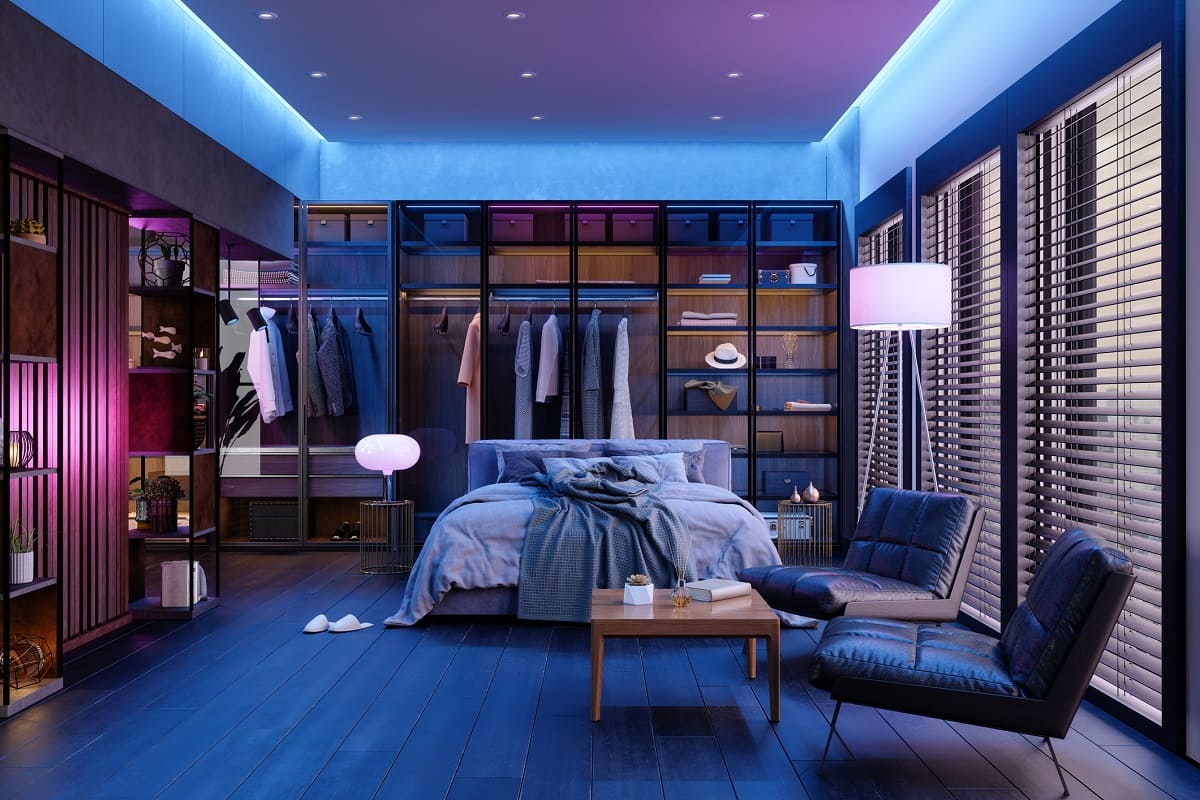
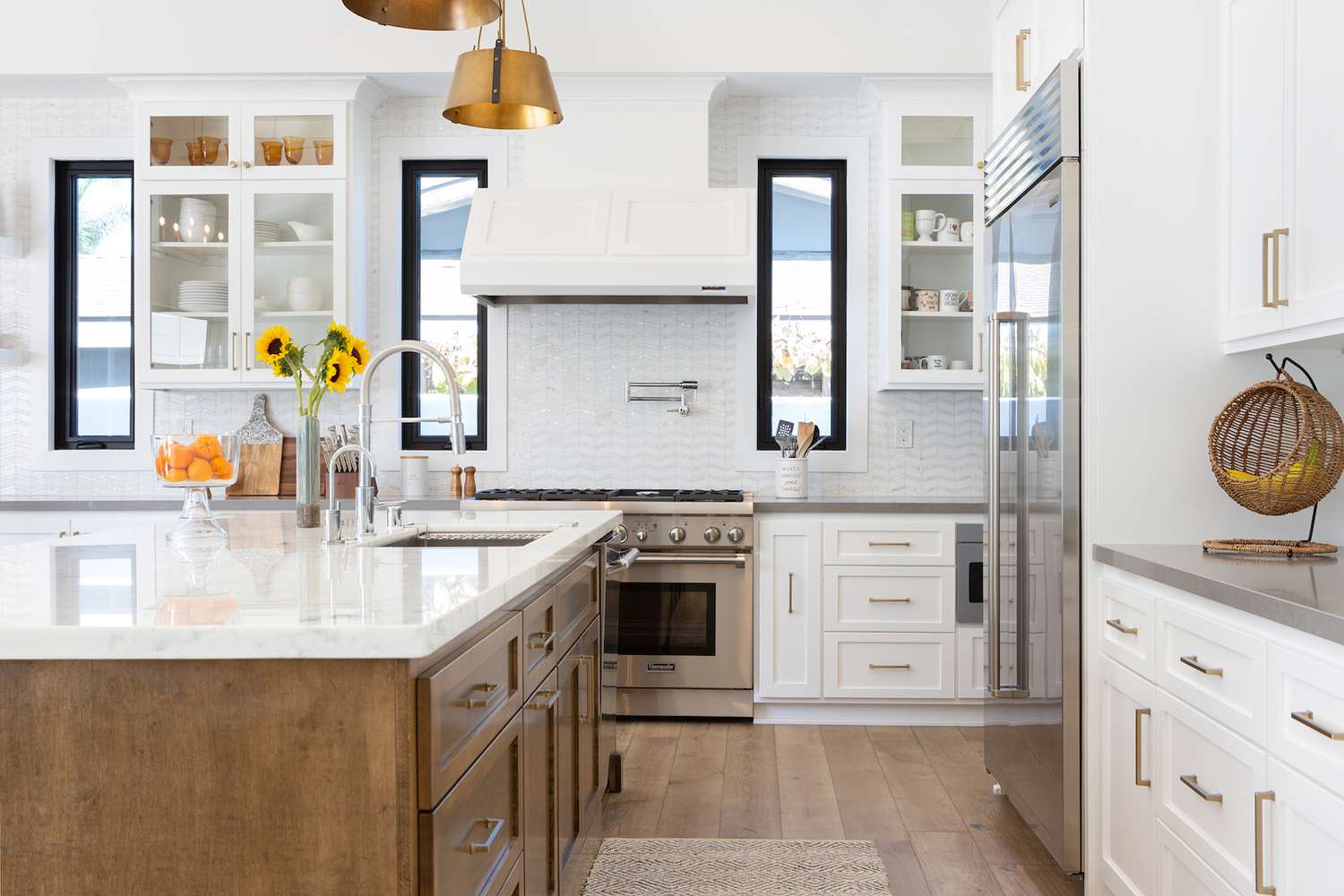
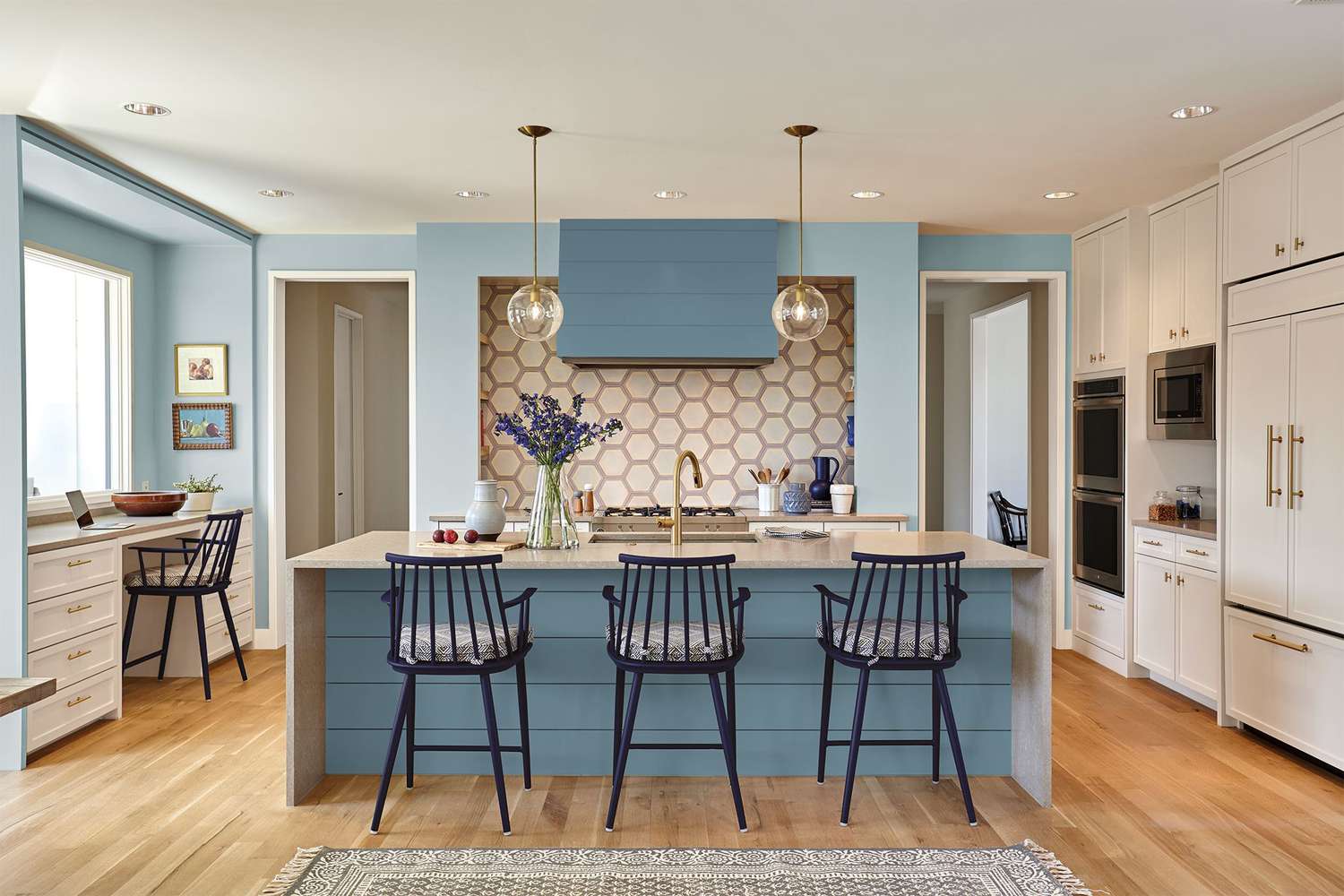
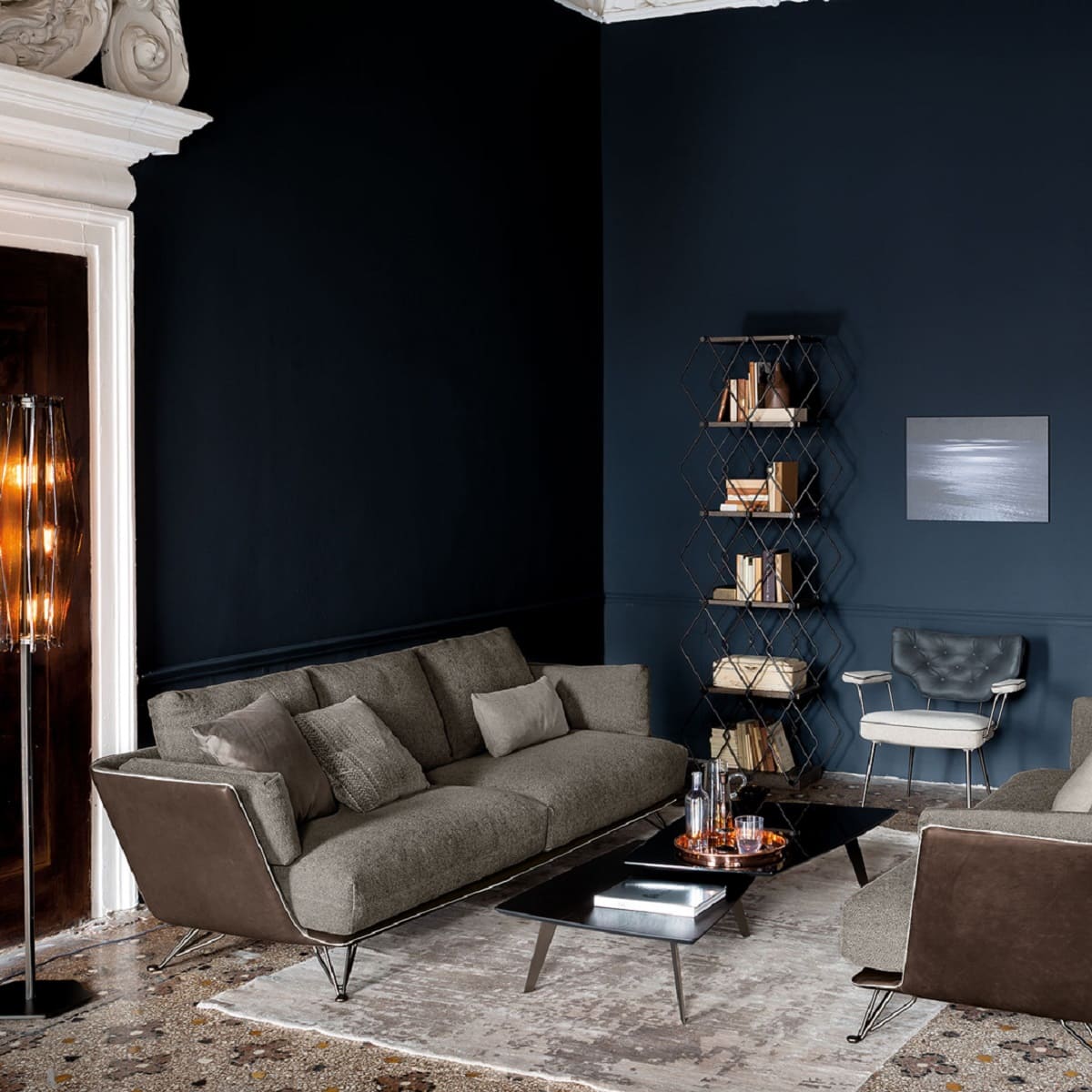

0 thoughts on “What Color Helps Sleep? Sleep Experts Agree This Shade Is Best”